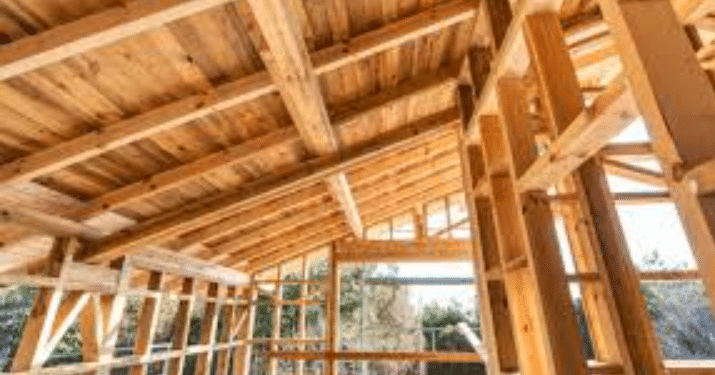There are a lot of misconceptions and confusions out there about what type of foundation should you go for your brand new home; either a structural slab foundation or a wooden beam-framed foundation. This is a very tricky question and is of prime importance; because a wrong decision at this stage could be the last one.
Based on our construction experience, after doing a great number of project, both of structural slab as well as beam-framed foundation, we have found that both types have their own pros and cons. The realtors and construction experts should consider all the decisive factors before concluding anything.
So in this read, you will be informed about all those pros and cons of wooden beam-framed foundation and structural slab foundation; after matching your requirements as well as soil input variables it would be easy for you to select a suitable type of foundation.
Know your Requirements
Although while you are about to start your home project, you already have a plan with you. Along with that you must investigate following factors:
- Site conditions
- Soil properties
- Availability of materials
- Type of building
- Imposed load to be supported
- Weather factors / influences
- Underground weather conditions
After knowing these factors and reading below pros and cons for both the type of foundations you would be able to decide easily.
Pier and Beam Wooden Framed Foundation
A common misconception about this type of foundation is that if it is some-what old-fashioned type but believe it or not in a highly-competitive real-estate environment; builders prefer this type just to stand-out with a positive impression on homebuyers because of aesthetics and amnesties of raised floor homes.
In Pier and beam wooden framed foundation, as the name suggests, involves assemblage of girders, floor joists and floor sheathing that raise the floor of the building off the ground.
Pros
- Allow fast construction; as it did not involve lengthy concrete slab delays due to poor weather, formwork fixing and curing.
- With raised wooden beam floors you can have a front porch or a sunroom at the backyard deck.
- It is a cost-effective solution and if built correctly is for sure a sustainable foundation that adds value to your home.
- Raised wooden-framed foundation can be used in any type of problematic soils even in expansive soils.
- Pier and beam framed foundation is also named as earth-friendly foundation; as it is made with wood – a renewable resource. Compared with structural slab foundation it is less fossil fuel dependent and principally had no adverse impact on natural floodplain.
- One of the vital advantage of this type of foundation is; that it provides a crawl-able space underneath that gives easy access to the utilities in case of repair, unlike concrete slab which needs to be crushed.
- Because it does not involve heavy digging; so no machinery needs to be hired and you can construct this foundation by going DIY as just 2 or 3 persons can do the job.
- As the floor of this building is elevated above the ground so there would be no problem of dampness or pests etc.
- In case of foundation settlement; you don’t have to mess with concrete here, you can easily repair the problematic pier.
Structural Slab Foundation
- The wooden raised floors are bouncy and are sound making which are sometimes very annoying for the occupants. The floors require regular maintenance as sometimes they become saggy and deflected.
- For the concrete slab floors there are minimal chances of drastic damage from termite and even you don’t have to call for the mold removal services.
- With the concrete slab you don’t need to have insulation under the floor but for pier and beam wooden framework foundation you have to insulate the floors properly.
- One of the distinctive advantage of using a structural slab foundation is that it makes your foundation fire resistant and is more durable in some extreme weathers; which is not the case with other type. You can’t expect to build beam and wooden frame foundation in hurricane and earthquake prone areas.
For the structural slab you don’t have to prepare a lot like fixing joints, assembling the parts etc. you just have to pour the slab.



